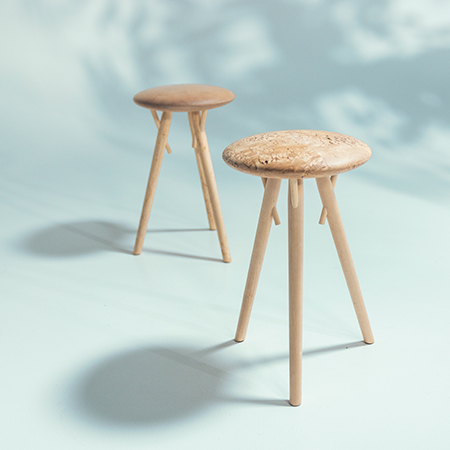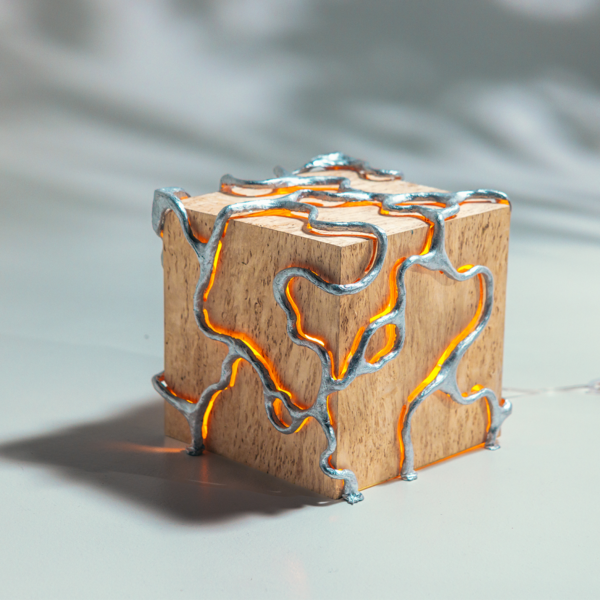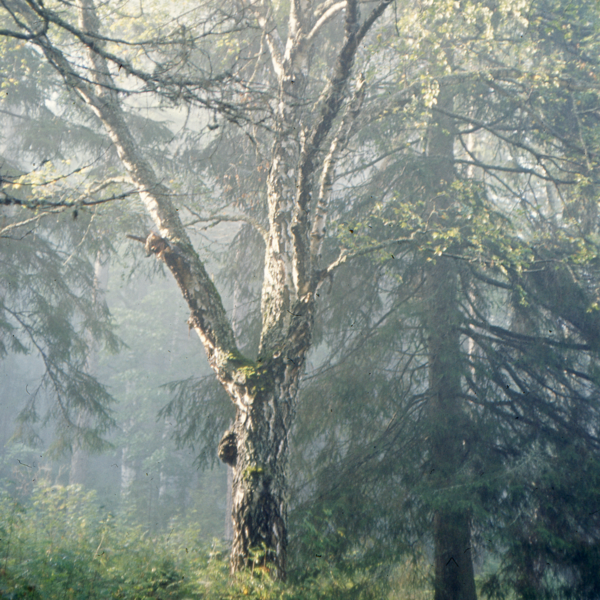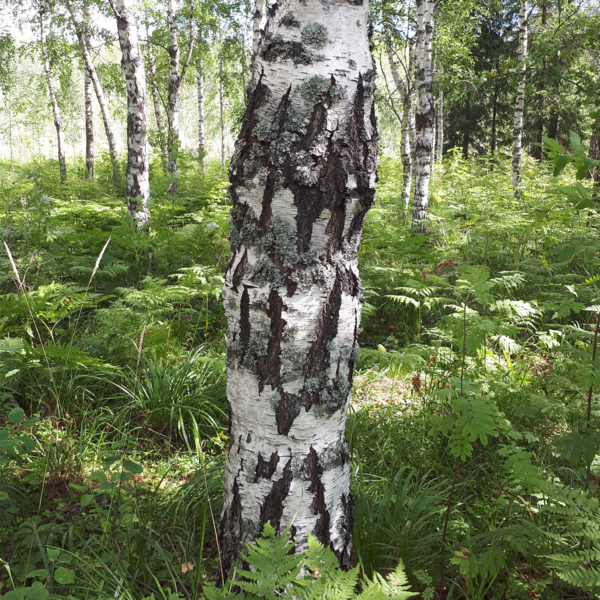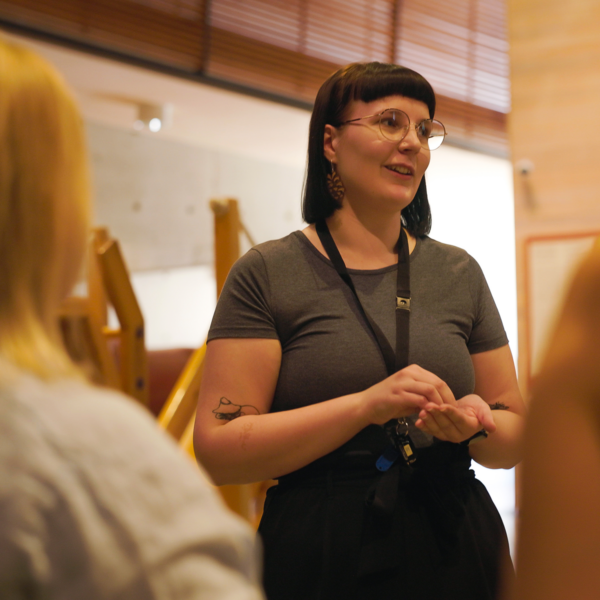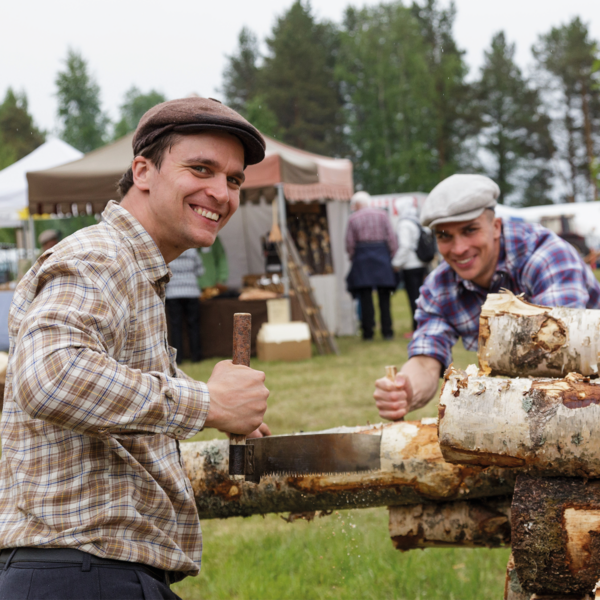The Land of Forestfulness
In Finland, the forest is present everywhere. It is our most important and diverse natural environment and resource. Here, the forest has always had a strong impact on people, communities and society – and we, in turn, on the forest. The forest has been simultaneously a lifeblood, an important place and a shared mental landscape. Forest culture consists of shared perceptions, meanings, practices, and ways related to the forest – multi-dimensional human-forest relationships. Forest culture lives on and evolves over time. It is precisely the change that makes it vibrant.
The Land of Forestfulness
The Land of Forestfulness sheds light on the forest and forest culture from six perspectives. Forest nature highlights the forest as a complex ecosystem that functions without people. Green gold examines the forest as a raw material reserve for humans. Lifeblood tells the story of the mental well-being and health that the forest provides to people, without forgetting its economic value or the well-being of the forests themselves. Forest folk describes the significance of the forest in shaping Finnishness and identity. Valued forest initiates a discussion on values. What does the forest mean to us and other species? Forest work reveals the forest-related work, forestry professions and forestry.
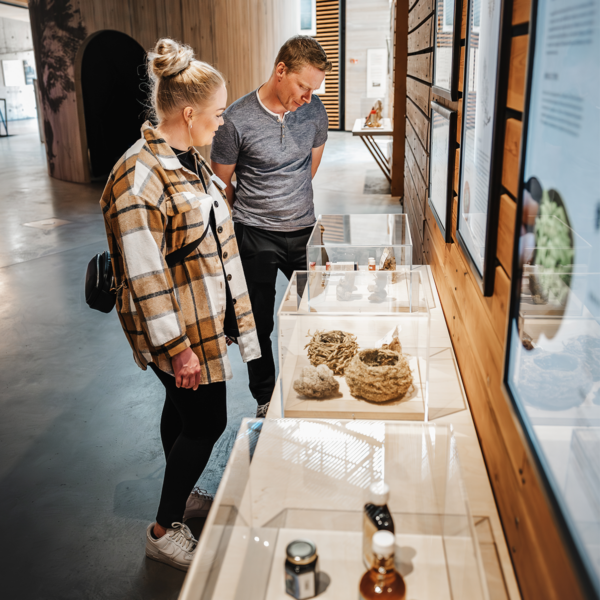
Special exhibitions
Curly birch – the tree pressed by the devil
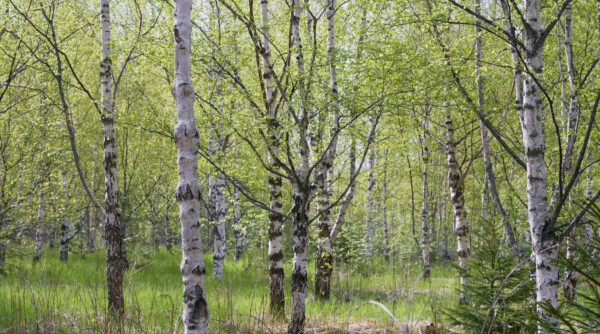
Curly birch is a special variety of silver birch with distinctive story intertwining folklore, rare genome, research, and the potential for design. Strong and characterful, curly birch is hard, durable and beautiful.
This exhibition explores the history, significance and future of Finland’s most valuable wood. The story of curly birch spans from peasant uses and beliefs to the drawing rooms of courts and manors, from the era of national awakening to wartime craftsmanship, and all the way to contemporary design and future visions.
The exhibition is complemented by the Curly Birch Trail, a series of guided observation points located within the curly birch stands of Punkaharju research forest. The Curly Birch Trail and its associated website, www.visakoivu.fi, offer a deeper exploration of the fascinating world of the curly birch.
This exhibition is the result of a collaboration between the Finnish Forest Museum Lusto, Aalto University, the Natural Resources Institute Finland, Pro Puu Association, the Craft Museum of Finland, and the Curly Birch Society. The exhibition has been supported by the Keskitie Foundation, the Asko Foundation, the Huonekalusäätiö Foundation, the Kone Foundation, the Foundation of The Central Union of Agricultural Producers and Forest Owners (MTK), and the Puumiesten Ammattikasvatussäätiö Foundation. The Curly Birch Trail has been supported by the Metsämiesten Säätiö Foundation.
Text writing and material selection: Anneli Viherä-Aarnio, Risto Hagqvist, Seija Hahl, Henrik Heräjärvi, Tuomas Juva, Reetta Karhunkorva, Mikko Oikari, Esko Oksa, Mikko Paakkanen, Karola Sahi, Markku Tonttila.
Exhibition at Lusto 25.4.2025-15.3.2026.
Chainsaw Charms – Chainsaws from Lusto’s Collections
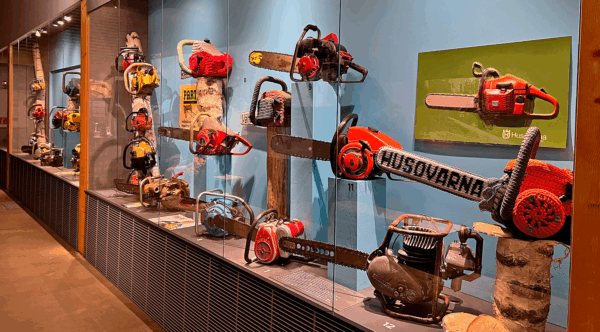
Chainsaws have been vital tools in Finnish forestry since the 1940s, evolving into versatile equipment for both professional use and daily life. Lusto’s collection features over 40 chainsaws from more than 45 manufacturers, representing a century of technological progress, diversity, and even surprising design.
From early models to modern classics, the exhibition celebrates the innovation behind chainsaw engineering. Beyond their practical use, chainsaws have inspired creativity—chainsaw sculptures are a common sight in Finnish landscapes. Artist Sanna Vatanen added a playful twist by crocheting chainsaws named after their colorful Finnish nicknames—some of which are now back on display at Lusto.
Which chainsaw in the exhibition captures your imagination?
Exhibition at Lusto 14.6.-31.12.2025
Guided tours
Our guided exhibition tours help you to immerse yourself in Lusto’s exhibitions and the fascinating world of forest stories.
Lusto events
Lusto events and work demonstrations explain man’s relationship with the forest and the environment to visitors. Events that focus on all things related to forests offer visitors interested in forest culture an opportunity to spend time together while learning new skills.
